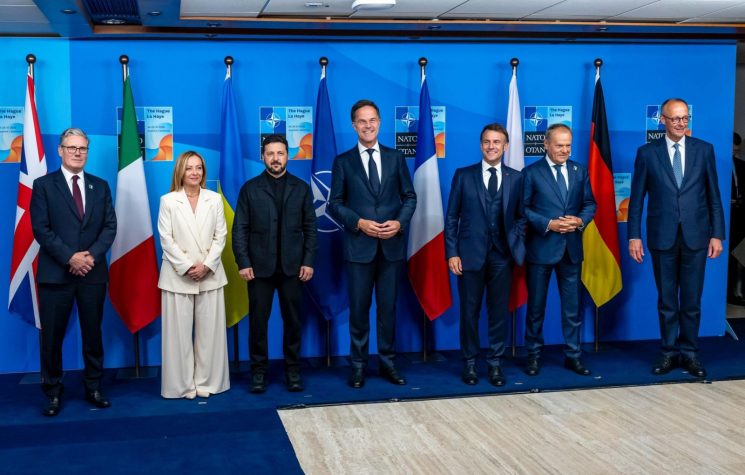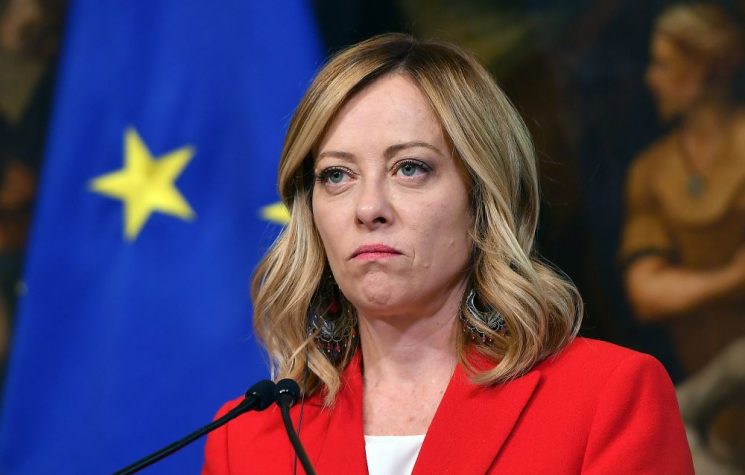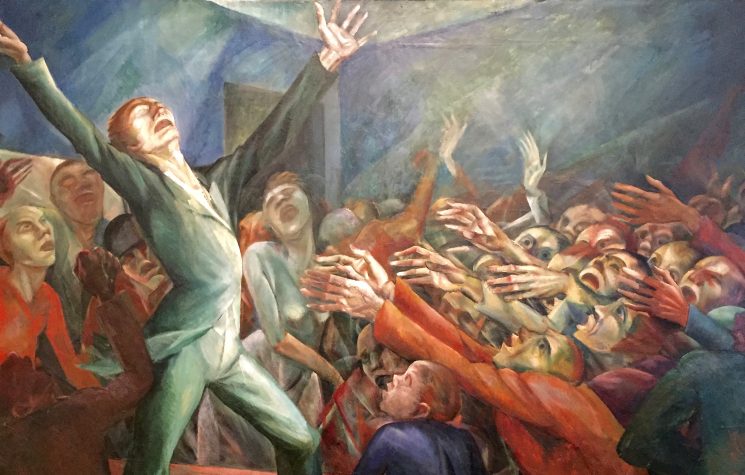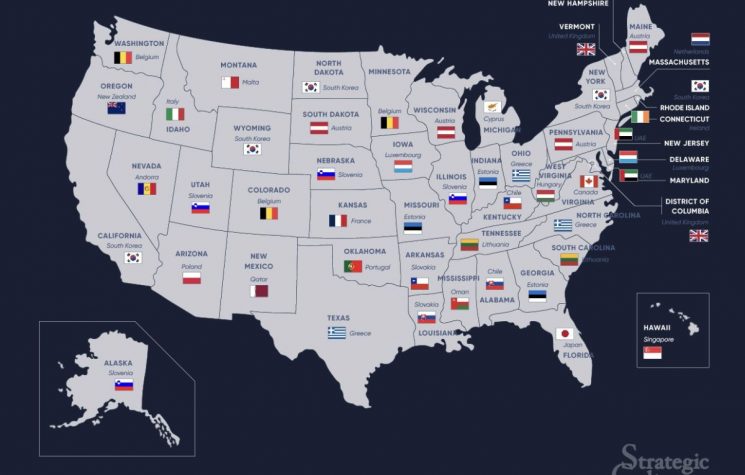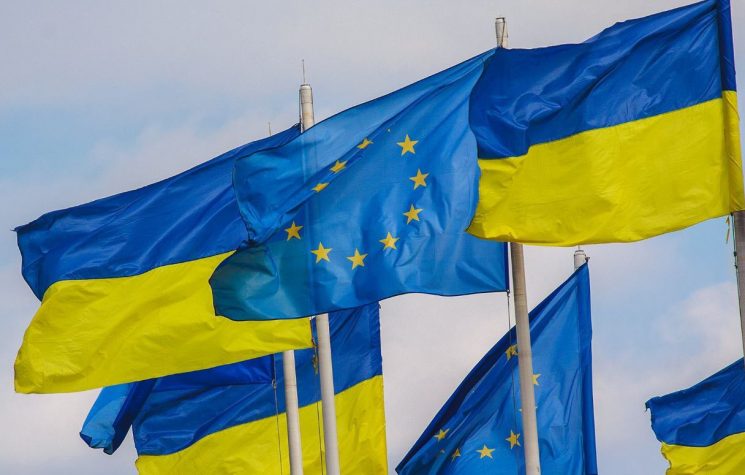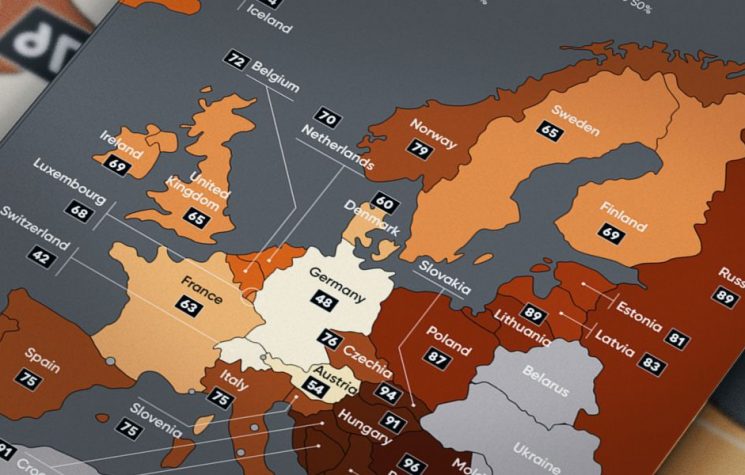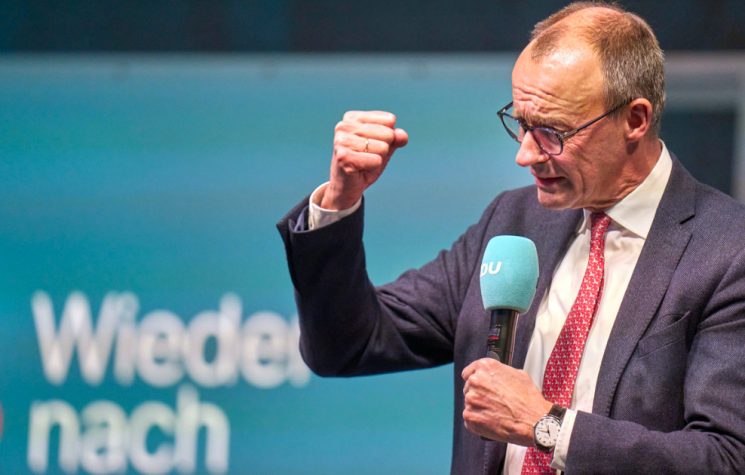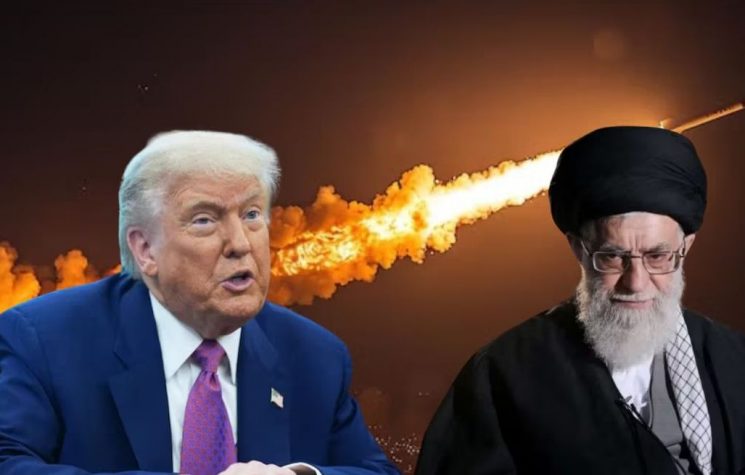Nations advocating multipolarity, stability, and security face threats of military encirclement, coups, and color revolutions, Erkin Öncan writes.
❗️Join us on Telegram![]() , Twitter
, Twitter![]() , and VK
, and VK![]() .
.
Contact us: info@strategic-culture.su
Russia’s military operation in Ukraine has not only triggered anti-Russian sanctions and financial/military aid for Ukraine but has also exposed the multiple threats confronting Europe. As the West, led by the United States, seeks to wield Ukraine, a product of color revolutions, as a strategic lever, Europe bears the brunt of the ensuing political and economic tensions.
Presently, Europe grapples with escalating energy prices stemming from the Ukrainian crisis and anti-Russian sanctions. Additionally, unrest fueled by Ukraine’s grain restrictions on European countries, a deteriorating economy, the ongoing migration wave, and the challenges it presents continue to be pressing issues awaiting resolution. Meanwhile, Israel’s actions in Gaza and the U.S.’s supportive declarations further complicate matters for Europe.
Despite hopes that a resolution in the Israel-Palestine conflict might shift Ukraine from the forefront, European leaders are expected to navigate both crises simultaneously, with few exceptions like Spain. Quoting Belgian Prime Minister Alexander De Croo, who remarked, “It is evident that the Middle East conflict casts a shadow on events in Ukraine,” Politico anticipates that EU leaders will assert their capacity to address both the conflicts in Ukraine and the Middle East concurrently.
It’s not limited to just Ukraine and Israel; there are also revealed color revolution plans in Kosovo-Serbia, ongoing issues in Georgia, an anticipated political crisis in Armenia due to Azerbaijan’s actions in Karabakh, and political pressure on opposition parties in Moldova, among other concerns.
It’s evident that all of these matters are interconnected with unresolved crises in the former USSR region, and they are, in a broader context, part of the United States’ strategy to encircle Russia.
Meanwhile, Europe is directly grappling with the consequences of these developments, which align with the broader interests of the United States on the global stage, all while striving to enhance its own geopolitical influence.
What is the practical value of these developments? At the recent EU Leaders Summit, German Chancellor Olaf Scholz expressed his satisfaction with the unified stance of EU member states on the Israel-Palestine conflict.
However, Ukraine’s allies in the Baltic region have a different perspective, considering the Israel conflict a distraction. Lithuanian Foreign Minister Gabrielius Landsbergis emphasized that, from their viewpoint, Ukraine takes precedence as the paramount conflict, given its proximity to their borders.
The aftermath of the conflict has revealed a lack of consensus within Europe, contrary to Scholz’s statement. Reports indicate that EU development aid to the Palestinians was unilaterally suspended initially, but later, it was announced that the aid would be subject to examination rather than suspension.
President von der Leyen’s visit to Israel received criticism from the European public, with some perceiving it as one-sided. James Moran of the Center for European Policy Studies explained the internal disagreements as stemming from the confusion that has prevailed over the past few weeks.
The lack of consensus was evident even in the choice of terminology, with no agreement reached on the word “ceasefire” during the EU leaders’ summit. While some countries, notably Spain, used the term “ceasefire,” Germany preferred phrases like “humanitarian pause.”
According to Politico, Berlin aims to avoid appearing to restrict Israel’s right to self-defense due to the historical legacy of the Second World War. However, this raises questions about the extent to which this legacy obscures Israel’s human rights violations in Palestine.
Hamas’ Palestinian resistance, taking a new turn with the Al-Aqsa events, poses a significant threat to U.S. interests, akin to the Ukraine crisis. Furthermore, this operation has put Israel’s normalization efforts with the Arab world, particularly Saudi Arabia, on hold.
In this political climate, European leaders seem to base their position on saving the day when the United States is the most concerned party in the region. Even issues that might seem straightforward, such as “stopping attacks against civilians” and “providing humanitarian aid to the region,” can become complex matters in the eyes of the United Nations.
Several factors contribute to European leaders maintaining a relatively muted stance on Israel. While “anti-Russian unity” surged following Russia’s Ukraine operation, concerns persist regarding shouldering the burden of a second conflict in Europe and the heightened threat of attacks on European borders due to intense immigration.
These concerns are compounded by large-scale protests organized in European capitals in the initial days of the conflict. When combined with the heightened risk of social unrest stemming from the economic crisis related to the Ukraine situation, Europe faces the potential for significant political upheavals, a prospect that worries European leaders.
Additionally, Ukraine’s situation is far from optimal. Luigi Scazzieri from the Center for European Reform, speaking to Politico, highlighted the challenge of managing both conflicts. He noted, “The EU will need to split its attention and financial resources between Ukraine and Gaza. Ukraine may receive less focus, making it difficult for the EU to agree on substantial macroeconomic and military aid for Kiev.
An EU official, who preferred to remain anonymous, expressed concern, stating, “This is an open conflict that impacts European society as a whole and incites unrest in numerous European cities.”
It is evident that the anticipated protests in European cities, referred to as “unrest,” are closely associated with the growing Muslim community and immigrant population in Europe. This dynamic contributes to the strengthening of far-right movements.
Arguably, one of the most significant catalysts for the rise of far-right ideologies in Europe is the economy. Far-right sentiments in Europe have been on the upswing, particularly in the aftermath of the renowned 2008 financial crisis. Events like the Arab Spring in 2011, resulting migration movements, the Ukrainian Maidan coup in 2014, Brexit, and the COVID-19 pandemic as of December 31, 2020, have all fueled a collective quest for security, stability, and prosperity among the European populace.
The left and socialist movements, expected to address this societal yearning, have not been robust in Europe. During the Cold War era, both Europe and America witnessed the weakening and marginalization of socialist left movements in the face of the USSR. In the Western world, including the USA, there is a lack of a potent socialist left capable of championing “outside the mainstream” demands. Neo-liberal policies, once considered left-leaning, have become the mainstream political agenda. Consequently, with no viable force to guide the masses in search of stability and security toward the left, nationalist and far-right ideologies have filled the void.
Are there no leftist groups in Europe attempting to counter this trend? Certainly, there are, but their political influence is limited, they have faced gradual weakening over the years, have been accused of being KGB agents during the Soviet era, and are now often labeled as agents of the Kremlin.
In summary, the ascent of far-right movements in Europe mirrors a crisis within the capitalist order, with concurrent provocative actions in Ukraine, Israel, the Caucasus, and even the Asia Pacific region aimed at addressing this crisis.
The notion of a capitalist crisis has been discussed extensively. Presently, the neo-liberal political equation, led by the USA, which includes external and internal conflicts, has reached an impasse. The anticipation of market recessions, inflation, and energy crises, coupled with wars in third-world countries and Eastern Europe, the nurturing of jihadist and fascist organizations, and the exploitation of resources in these regions have led to substantial waves of immigration.
In a situation where the collective West maintains a strong global political and economic influence, internal crises predominantly affect the general populace. In such a scenario, nations advocating multipolarity, stability, and security face threats of military encirclement, coups, and color revolutions.











